Affiliate links on Android Authority may earn us a commission. Learn more.
3.5mm audio vs USB Type-C: The good, bad and the future
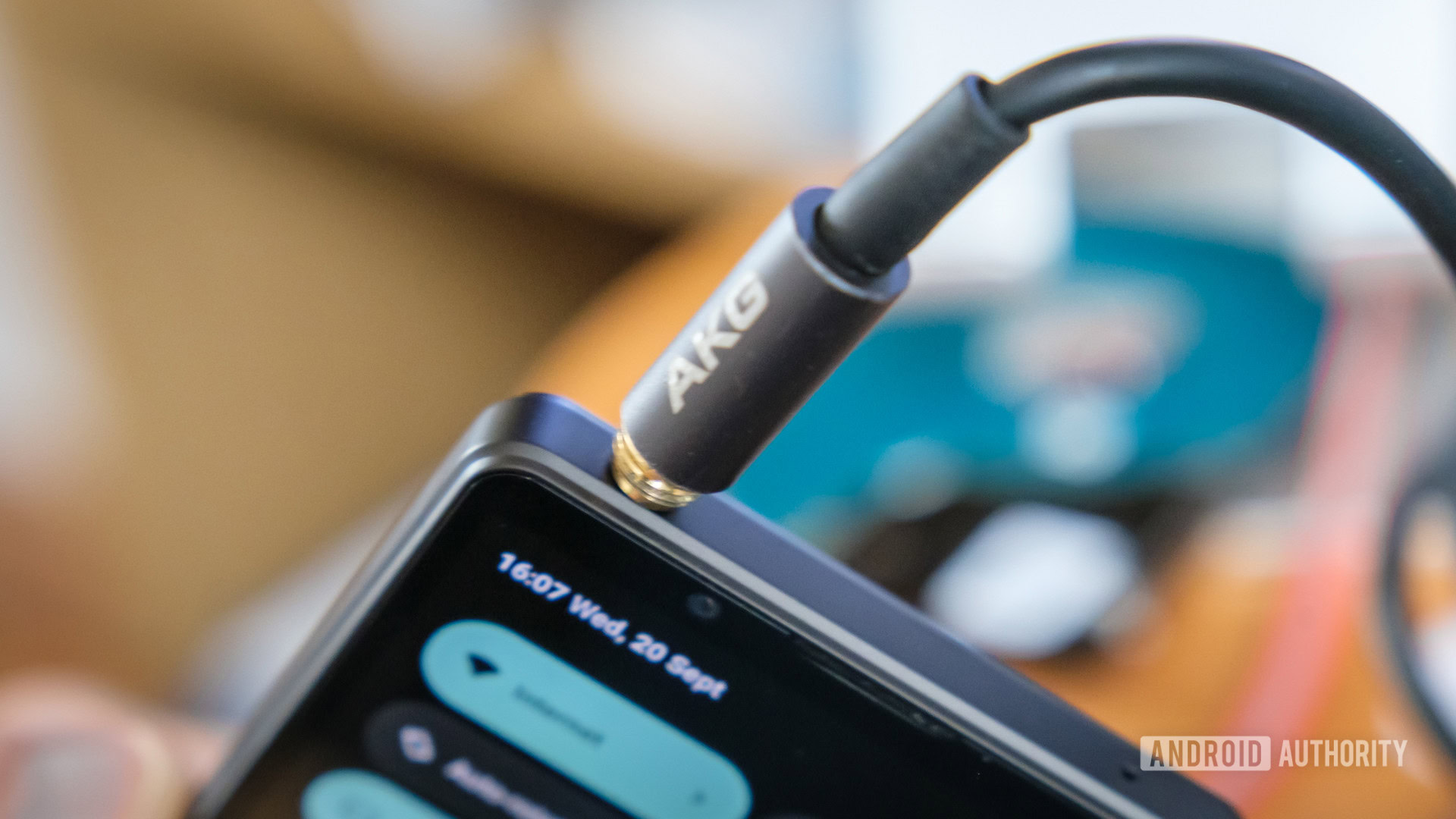
Virtually all smartphone manufacturers have eliminated the 3.5mm audio jack even though it has long been the standard connector for a huge range of audio equipment over the past century. Most flagship Android smartphones omit the port and you won’t find it on any portable Apple device today, outside of the Mac line.
While some audio enthusiasts are reluctant to see the death of a long-running and highly successful standard, others are ready to embrace new technology and some of the benefits that are being promised along with it. So let’s take a look at the good, the bad, and the future of what USB Type-C audio is going to mean for smartphone and music enthusiasts.
What’s this all about?

To start, let’s go into a little bit of background about the old 3.5mm jack socket and the new proposals being put forward by USB Type-C. The major difference is that the 3.5mm connector transfers stereo analog audio out of the socket, meaning that all of the digital conversion and headphone driving components are housed in the smartphone.
The new USB Type-C standard is proposing a different take on this old formula, opting to transmit digital audio data over the connection instead. This will then leave the headphones or other connected devices to convert this data into an analog signal and to drive the speakers themselves. This of course requires power, but that can also be sent over the same USB port. Interestingly, the USB Type-C socket is still capable of transferring analog audio too, but we’ll talk more about that in a moment.
The Good: Why Type-C audio is better than the headphone jack
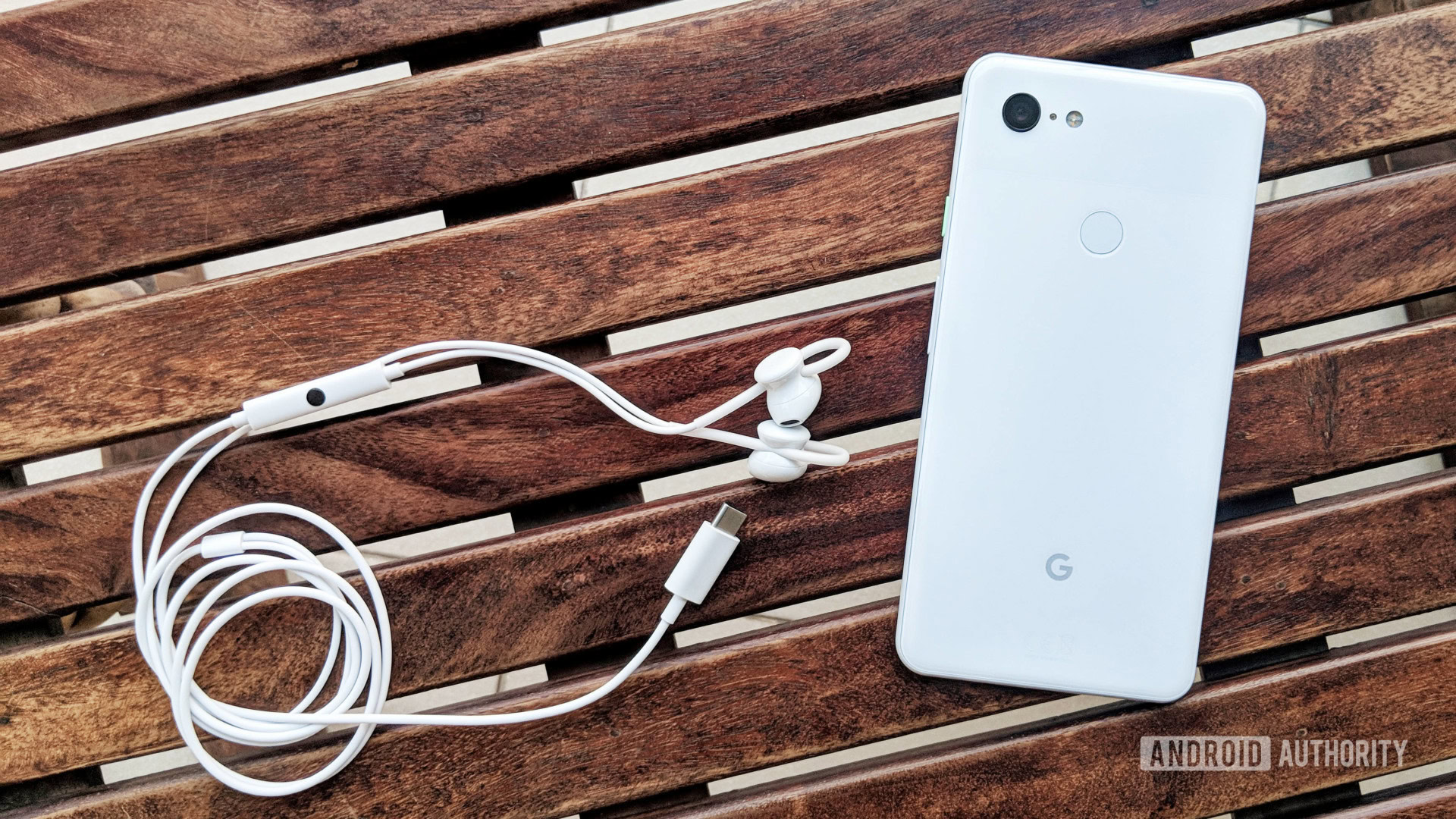
One of the benefits being touted about the move over to USB Type-C “digital” audio is that it will improve music quality. While this may be true to some small extent, it’s not necessarily going to be the case automatically and there’s going to be a lot of marketing nonsense to navigate.
As we said, the big change with USB Type-C audio is that rather than sending analog signals over the wires to the headphones, only a digital signal will be sent. The digital-to-analog converter, filtering circuits, and headphone amplifier will then all be housed in the headset near the headphones. Moving this circuitry slightly closer to the final headphone output might help remove some noise that’s picked up by long headphone cables and will keep important audio circuitry further away from noisy processing and radio hardware found inside phones.
Headset manufacturers will be free to pick top quality DAC and amplifier components
Good headphone manufacturers may also be able to produce superior circuit board layouts to those in today’s smartphones, which could produce better noise and lower cross-talk characteristics. Not only that, but headset manufacturers will be free to pick top-quality DAC and amplifier components, and custom design and tune these circuits for their speakers. This would free consumers from being tied to whatever their handset manufacturers decide to include. This isn’t to say OEMs pick notably poor-quality audio parts for their smartphones these days, so this would probably only be useful in budget smartphones (even if many of them still have 3.5mm jacks). Cheaper headsets might opt for inferior DACs to save on costs, as well.
USB can transfer more than just digital audio
Of course, USB can transfer more than just digital audio. This also opens the door for advanced communication between hardware, so high-end headphones may be packed with additional hardware and software features. The volume, play, pause, and skip functions that are included in some smartphone headphones could be made more reliably compatible, and could also be augmented with shuffle, navigation, and even EQ options.
Furthermore, digital processing options included in headphones could be accompanied and controlled by dedicated smartphone apps, giving users control over the sound of their headsets from the palm of their hand. However, no audio manufacturer has built such interfaces for wired Type-C headphones even if the capability exists.
Noise-canceling is another feature being touted as one of the big benefits of moving over to digital audio, as the signals can be processed inside the headphones. That said, you can already pick up very good battery-powered noise-canceling headphones that sport a 3.5mm audio connector. So really, USB Type-C is only offering a more reliable power supply and perhaps a slimmer form factor in this case.
Speaking of slimmer form factors, one of the other potential benefits of removing the 3.5mm jack is that this will save a small amount of space. Manufacturers could make their smartphones slightly thinner, or use this space savings to include a marginally larger battery. We’re clearly not talking about a major reduction, but every millimeter helps when it comes to smartphones.
Looking further into the future, USB Type-C isn’t just about transferring files and audio. The specification also allows you to use it as a display cable. Home cinema setups, speaker systems, and other home gadgets could all connect to your headphones and smartphones via USB so why not another device?
The Bad: USB-C audio isn’t a perfect 3.5mm jack replacement

While a universal connector for everything sounds really good on paper, the idea isn’t without some practical compromises and drawbacks.
First up, the move over to “digital” audio doesn’t present a big boost to audio quality that you can’t already accomplish with existing hardware. I did mention that perhaps there could be some ever-so-slight benefit to noise performance and the option to free ourselves from smartphone DACs, but this will very much depend on the headset manufacturer. The (highly dubious) improvements boasted by 24-bit, 96kHz, or above audio are already available inside some of today’s smartphones. All that’s happening is that digital-to-analog hardware is being moved from phone to headphone, but I’m sure we’re going to hear manufacturers big up nonsense claims about new high-res and digital audio formats.
The switch to USB Type-C definitely comes with some drawbacks
While we’re talking about the less-than-pearly white side of USB audio, it’s also worth mentioning clock jitter. I’ll spare you most of the technical jargon, but frame overrun and data transfer errors are an issue, albeit a small one, when using USB rather than sending data straight to the DAC. Jitter isn’t usually a commonly noticeable problem, but hastily implemented USB circuits aren’t without their own issues.
A bigger downside, though, is throwing away easy compatibility not only with existing high-quality 3.5mm headphones but also with Hi-Fi and other top and even professional-grade audio gear. While eventually, more and more audio manufacturers may get around to including USB Type-C interfaces, in the short and medium terms there’s going to be a lack of direct cross-compatibility between some phones and other pieces of audio gear.
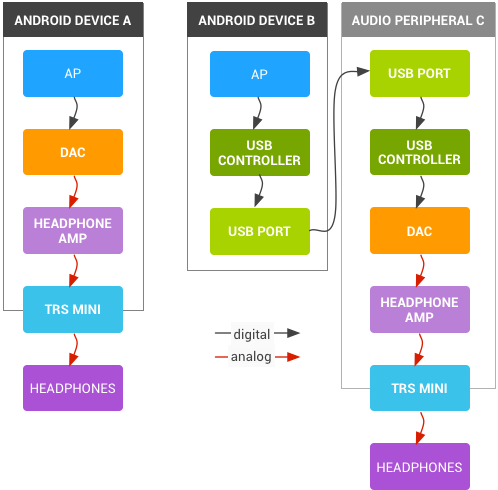
To be fair, the USB Type-C standard is capable of transmitting analog audio through the interface’s Sideband Unit (SBU) pins. This means that customers will be able to use adapters to connect USB-only phones to their existing headphones, but carrying one around is not really convenient. While smartphones may be thinner, having to stick an adapter in the cable line will just make them longer.
We should also be aware that backward compatibility with 3.5mm headphones is completely up to the handset manufacturer at this point, even though they will need to provide a DAC and speaker amplifier inside their phone. This should be provided as part of the CODEC package that is also used to power a phone’s speakers, but we may eventually see companies drop support to save on costs. Furthermore, while you can use 3.5mm headphones with your phone, what if you want to use some active USB Type-C headphones with your older home Hi-Fi?
But... how do you charge your phone while listening to music?
The other big question that has some people concerned: how do you charge your phone while listening to music? There is a provision in the USB specification for a power loop, which is supported directly by third-party adapters. However, there’s a little bit of ambiguity in the specification about how well this will work with digital headphones that require external power.
There is already an example design for a 3.5mm to USB Type-C adapter that supports through charging. However, it’s only limited to 500mA of current, far below today’s Quick Charge ratings.The specification allows devices to source power from either of the VBUS or VCONN pins, and there’s the option for developers to use the more complicated Power Delivery 2.0 specification as well. Until the digital audio specification is complete, this may cause some confusion.
“While all USB Type-C ports are required to source VCONN to active cables, active cables are permitted to source power from either VCONN or VBUS.” – Microchip
We’ve already seen the mess that USB Type-C cable and even device manufacturers have gotten into with powering the first wave of USB Type-C equipped devices. This could lead to products that won’t work as intended when connected up to different devices or power supplies, as they’re running from VBUS rather than VCONN or vice versa. Here’s hoping that this won’t be a problem.
While we’re on the subject of electronics, there’s going to be a lot more going on inside a USB Type-C headset, all of which is going to require extra power and cost more to develop and manufacture. High quality DAC and amplifier IC’s aren’t particularly expensive, but these extra few dollars will add up when combined with a microprocessor to handle USB Type-C port-to-port communications and power management ICs. We are certainly looking at higher costs for these active headphones in the near future.
Of course, it’s not only the headphones that will be more expensive – the USB connector and cables will too. Going from a simple 3-pin jack to the 24-pin behemoth that is USB Type-C will certainly increase the cost of third-party audio adapters, as well as making cable and headset repairs much more difficult.
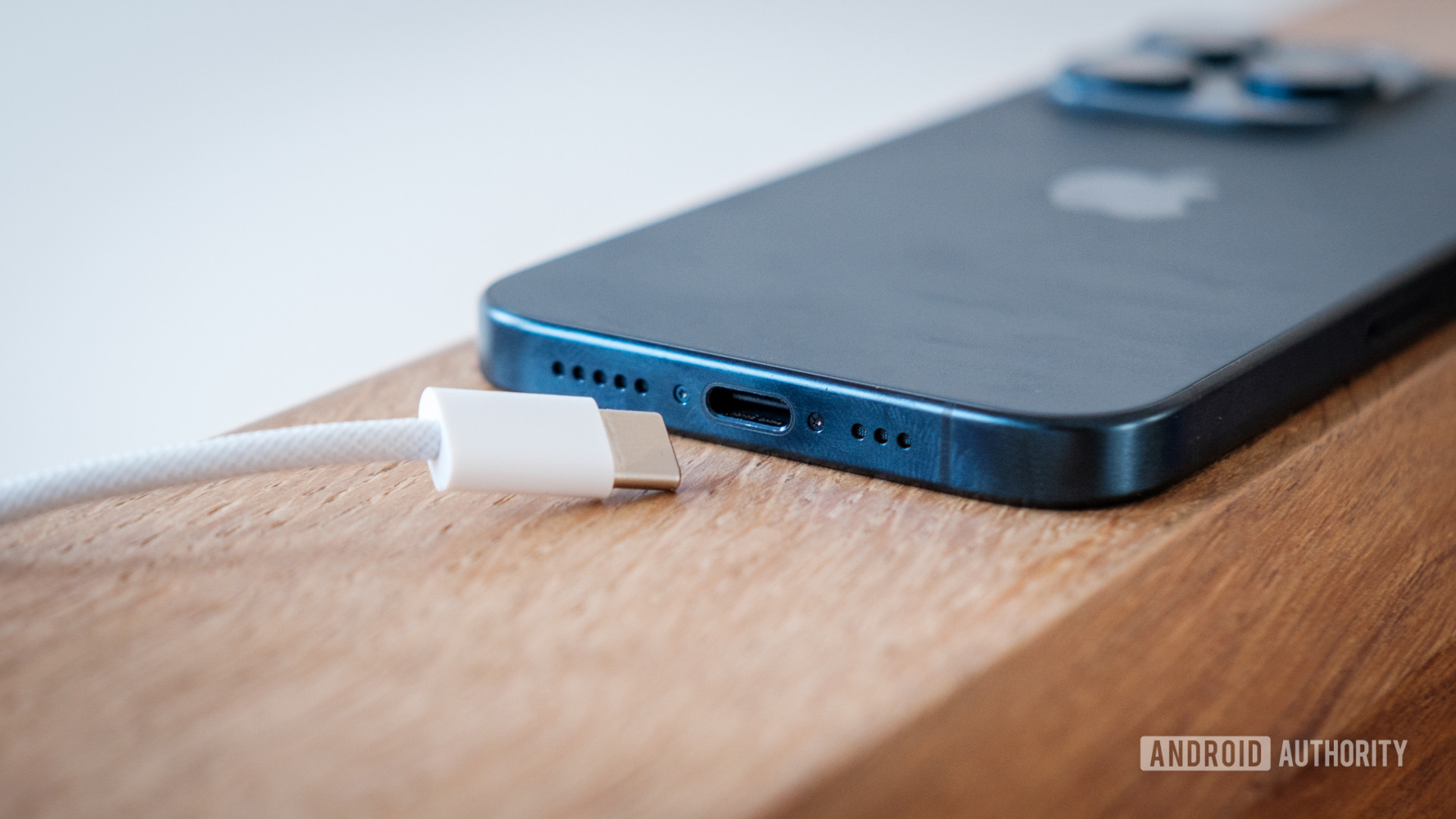
One final concern about USB Type-C headphones is that of consumer confusion and market fragmentation. While USB Type-C headphones should play nicely with the Android specification, companies may also try to introduce their own proprietary formats and features.
Android USB Audio only supports a subset of the USB audio class 1 specification, meaning that data must be sent in adaptive or asynchronous PCM packet formats. So MP3 or FLAC decoding still has to be done on the smartphone. The connected USB device, such as an external DAC or headphones, is then responsible for sorting out this packet data into a real-time stream. Even so, this isn’t going to stop companies from attempting to introduce their own proprietary data formats, and there’s no set specification for how volume or playback controls should function over USB Type-C yet. Extra features that work on one handset might not work on another.
USB Type-C headphones could lead to consumer confusion and market fragmentation
Moreover, not every future headset with a USB Type-C connector will necessarily even feature a built-in DAC or work using digital audio transmission. Some cheaper models may simply work using the analog SBU pins, leaving audio exposed to noisy nearby power supply circuits. Confusing, I know.
The verdict: Bluetooth audio may win over Type-C
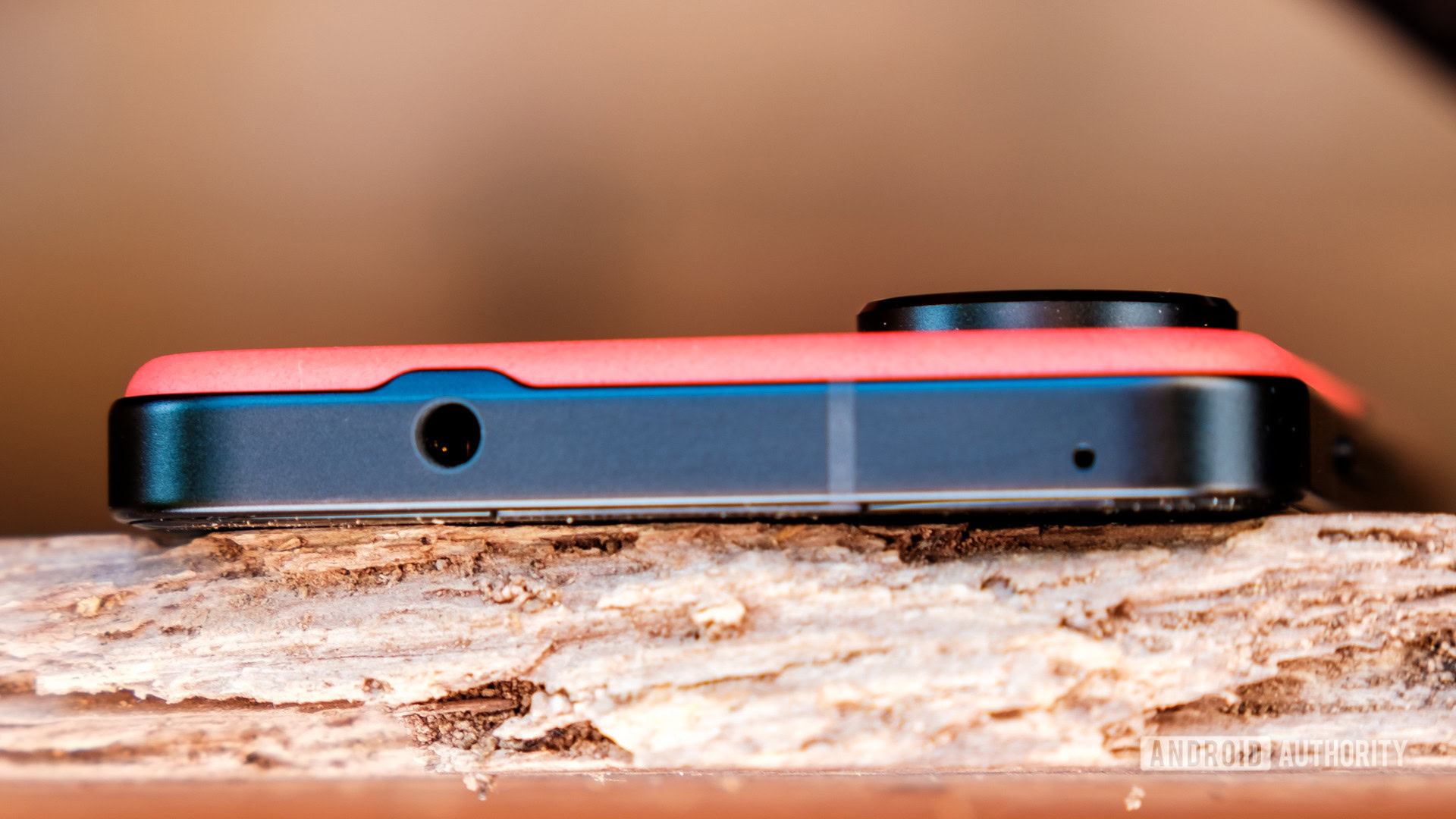
Even though several years have passed since the industry began shifting to USB Type-C audio, it’s unclear whether or not USB-C will fully be able to replace the 3.5mm jack in the smartphone market. It’s also unclear if Type-C audio has much of a future considering the recent improvements we’ve seen in the Bluetooth audio codecs space. Wireless headphones are reasonably priced these days and sidestep some of the compatibility issues that will likely face USB Type-C headphones.
Personally, I’m not yet convinced of the need to abandon a perfectly suitable connector for very few, if any real benefits from an audio perspective. I’m certainly not looking forward to a lot of the marketing nonsense that will be thrown before consumers either. For smartphones, the prospect of slimmer devices and some new headphone features might be worth switching jacks for, but maybe not in larger devices like laptops or desktops. Luckily, if you’re dead set on convenient wired audio like I am, you can still choose from a handful of phones that still have the headphone jack.
Overall, I expect that both options will sit side by side in the consumer electronics market for the foreseeable future. The broader audio industry will probably be even more reluctant to make the full transition. There’s a reason that the 3.5mm jack has remained in use since its invention in 1910. It’s simple, and I think it’s going to be a tough sell to replace it.
Editor’s note: This article was originally published in 2016 and has since received minor updates to reflect the current state of USB Type-C audio.